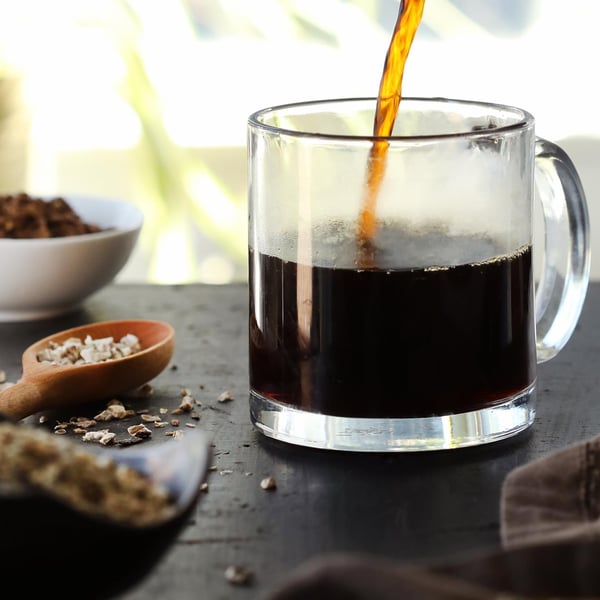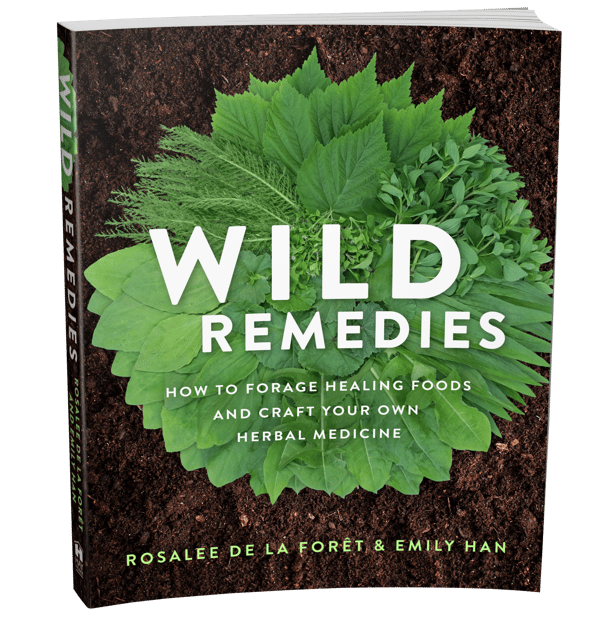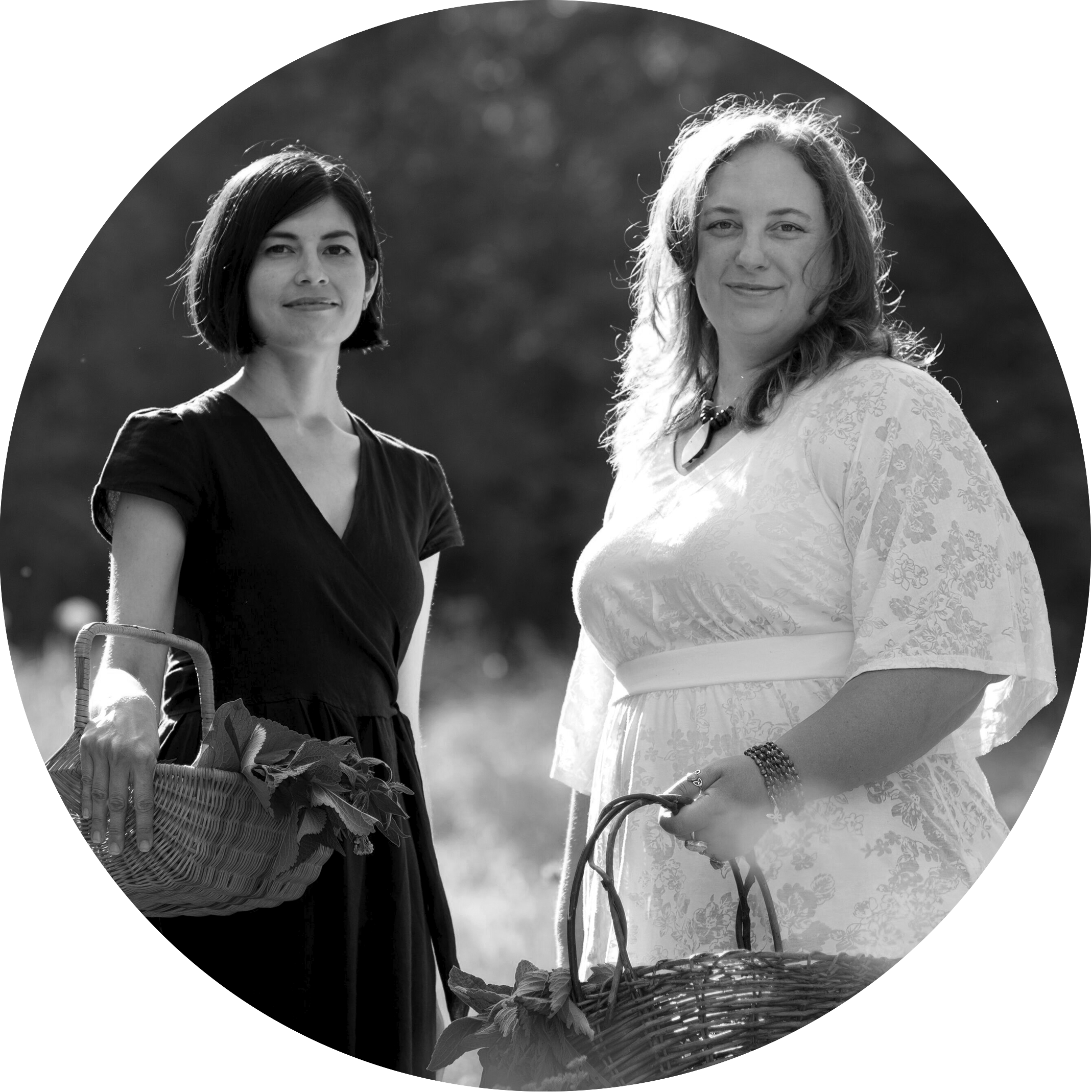Featured Article
The 2022 Video Contest
In 2009, we hosted our first video contest and with the growing interest in short-form video, we thought that 2022 would be the perfect time to bring it back! We want to see your creativity and love for a natural and sustainable lifestyle. One winner will be chosen to recieve $3000!


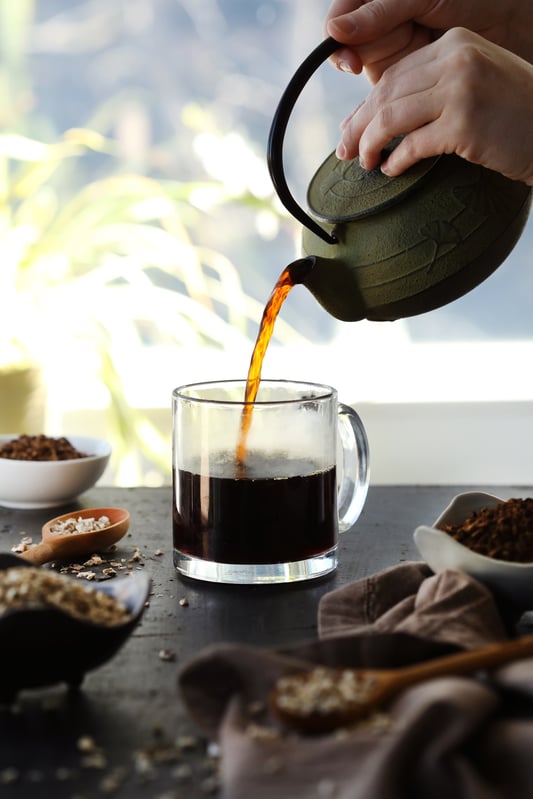
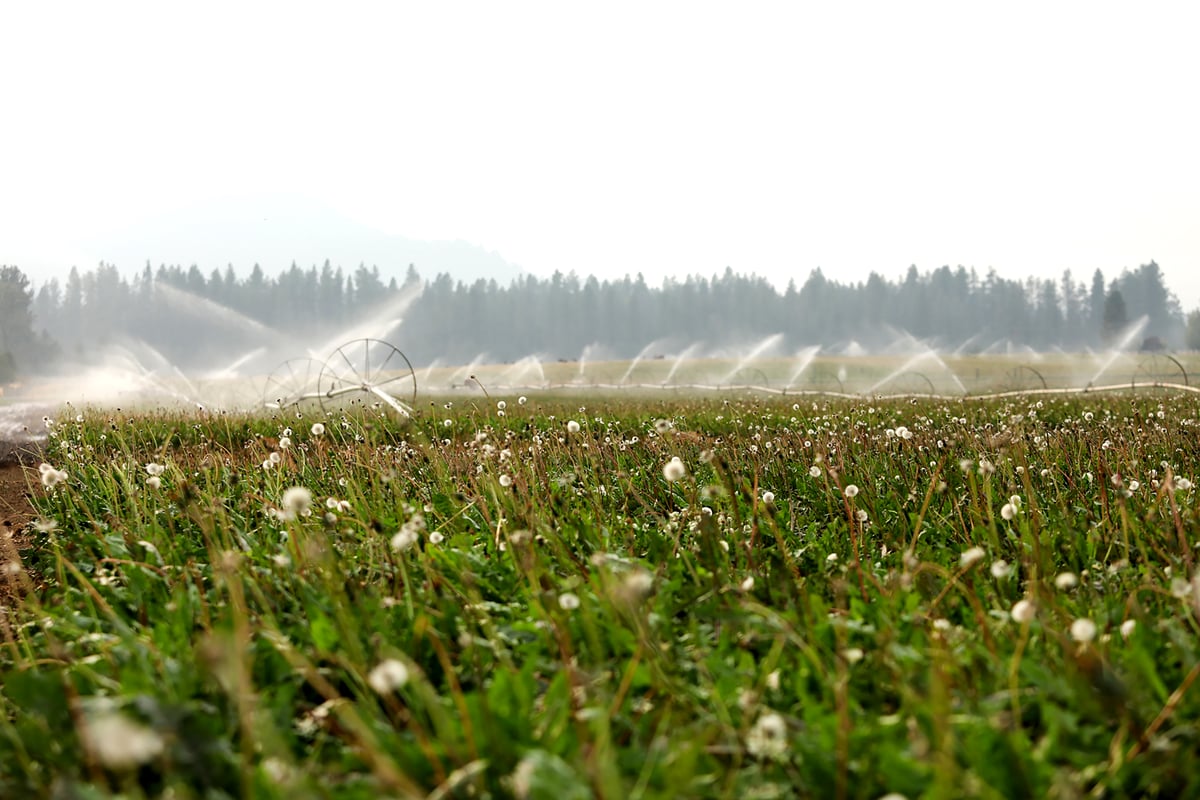
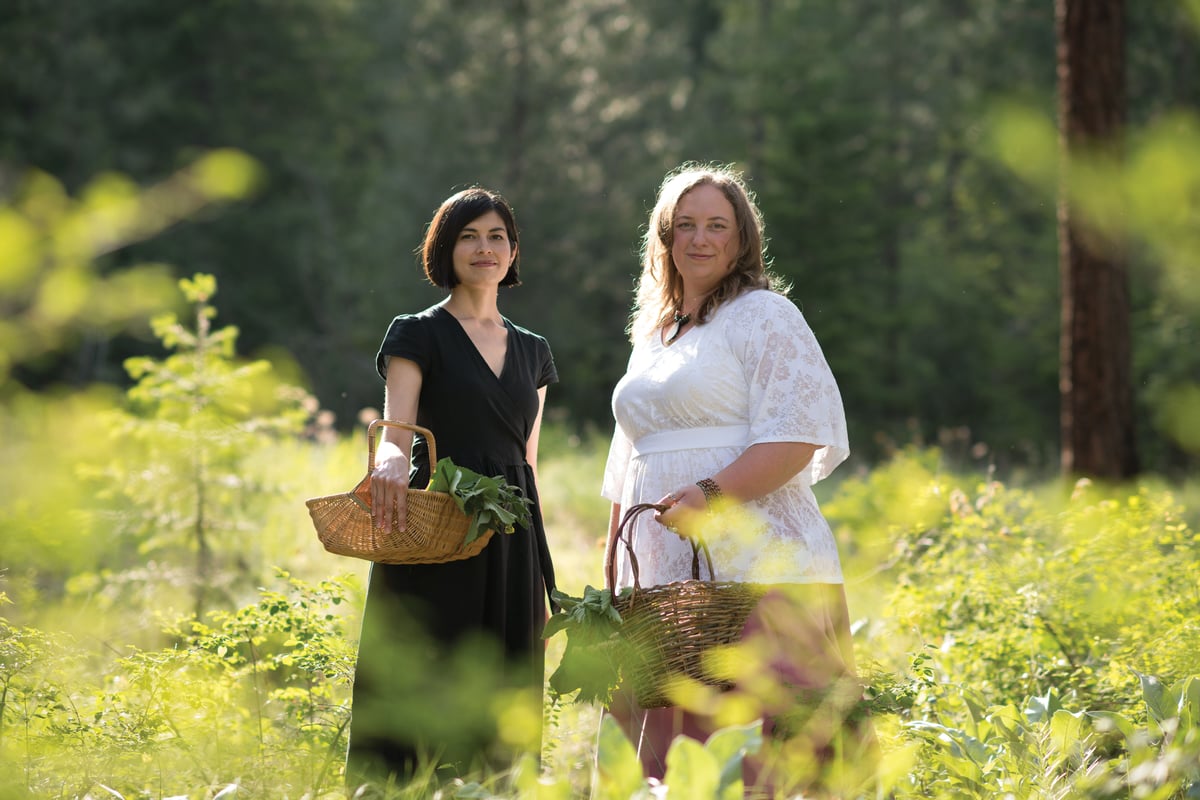
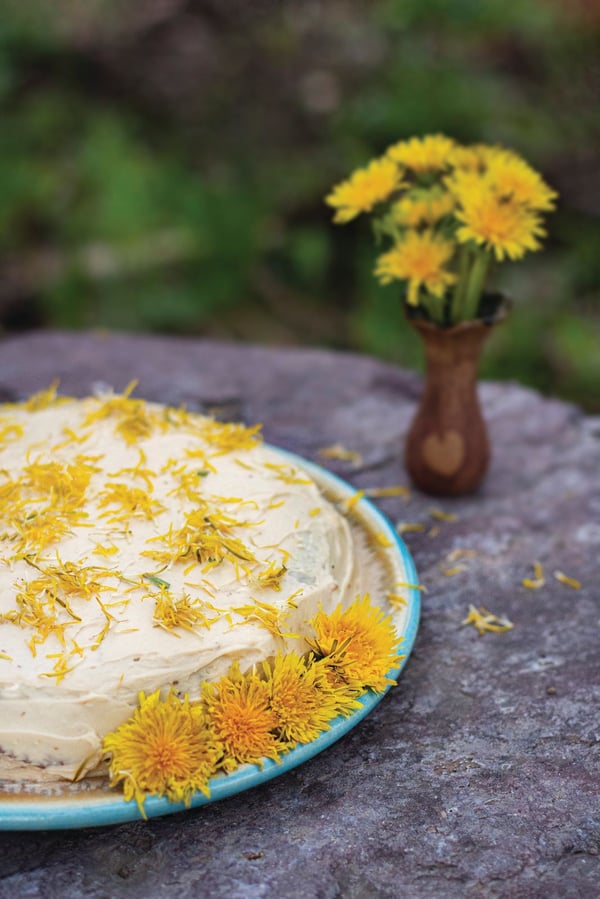 Photo reprinted, with permission, from Wild Remedies: How to Forage Healing Foods and Craft Your Own Herbal Medicine.
Photo reprinted, with permission, from Wild Remedies: How to Forage Healing Foods and Craft Your Own Herbal Medicine.